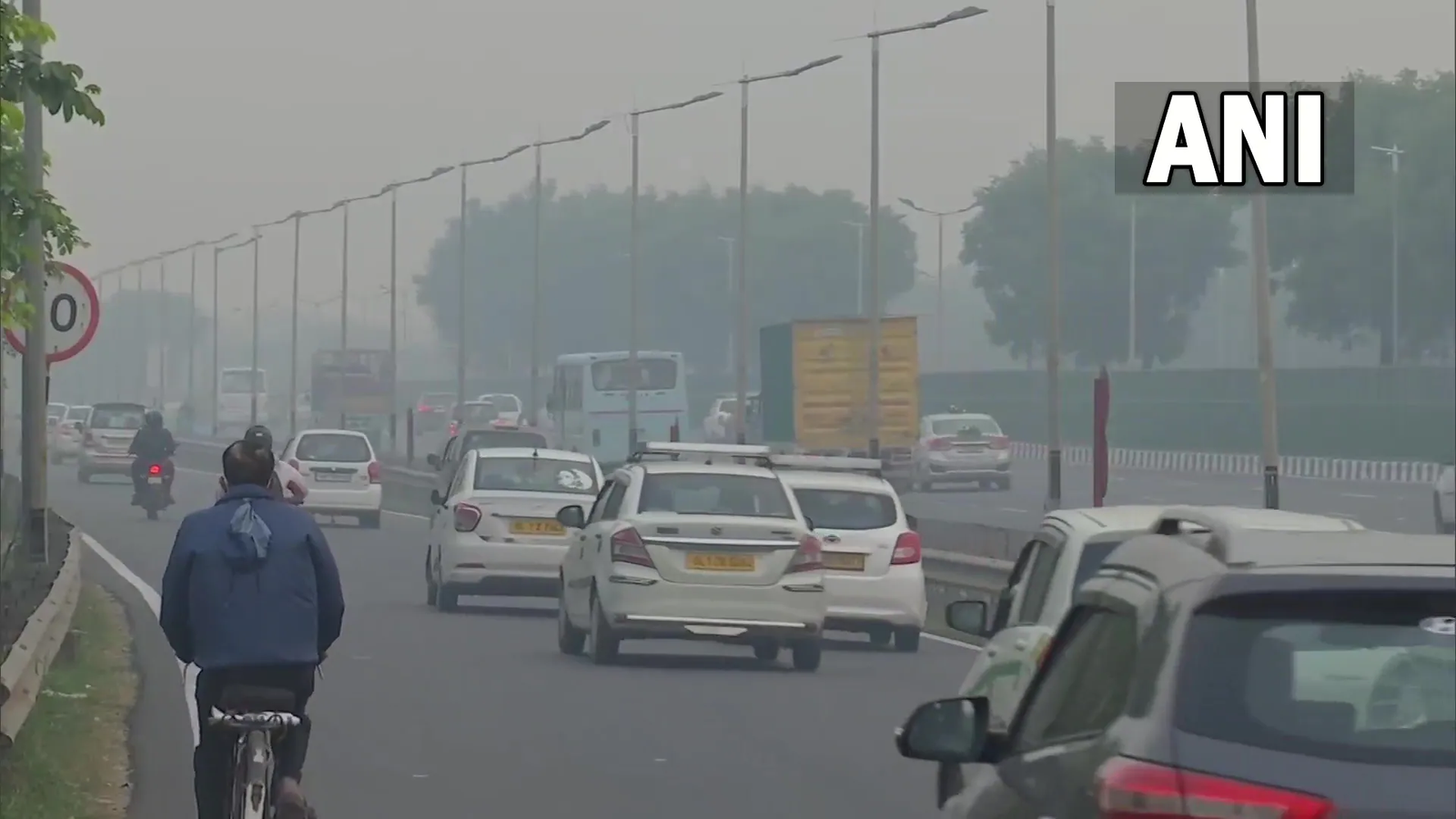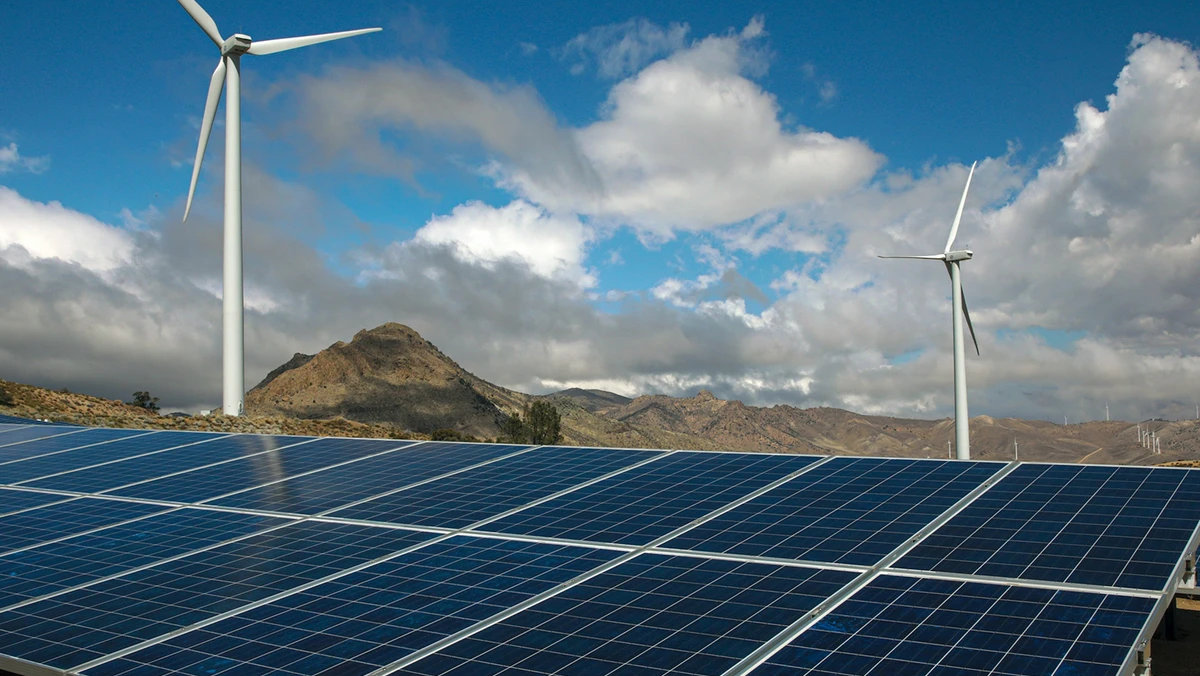Now Reading: New Pollution Data Reveals Dangerous Trend in Global Health 2025
-
01
New Pollution Data Reveals Dangerous Trend in Global Health 2025
New Pollution Data Reveals Dangerous Trend in Global Health 2025

Table of Contents
Pollution is no longer just an environmental issue it has become a global health crisis. In 2025, the effects of are more visible, more widespread, and more dangerous than ever before. From rising air toxicity levels to worsening water quality, the world is seeing the long-term impact of industrialization, poor waste management, and climate inaction. This report highlights the most recent updates on pollution worldwide, its consequences, and what countries and individuals are doing about it.
Air Pollution: A Silent Global Killer
According to the latest data from the World Health Organization (WHO), air continues to be one of the top causes of premature death worldwide. Over 7 million people die each year due to air-pollution-related illnesses like asthma, heart disease, and lung cancer.
In major cities like Delhi, Beijing, and Los Angeles, air quality remains dangerous despite efforts to reduce vehicle emissions and shift to renewable energy. A recent 2025 report by IQAir revealed that more than 90% of the global breathes air that does not meet WHO safety standards.
Key reasons for rising air pollution include:
- Emissions from vehicles and factories
- Wildfires linked to global warming
- Use of coal and fossil fuels for energy
- Poor waste-burning practices in urban and rural areas
Water Pollution: Contaminated Sources Threaten Billions
The United Nations warns that over 2 billion people still lack access to safe drinking water. Pollution from industrial waste, untreated sewage, and agricultural chemicals has led to the contamination of rivers, lakes, and oceans.
In 2025, several countries in Africa and Asia reported cholera and typhoid outbreaks linked to polluted water sources. In some parts of India and Bangladesh, groundwater has been found to contain dangerous levels of arsenic and fluoride.
Recent water pollution trends:
- Massive fish deaths in rivers due to chemical spills
- Ocean plastic pollution affecting marine life and food chains
- Oil leaks and microplastics detected in remote polar waters
- Drinking water contamination from lead and heavy metals
Plastic Pollution: Microplastics Are Now in Human Blood
One of the most alarming findings in 2025 has been the discovery of microplastics in human bloodstreams, proving that plastic waste has infiltrated nearly every ecosystem including our bodies.
According to research published in Science Advances, microplastics were found in over 75% of blood samples taken from healthy adults. These plastic particles enter the body through food, water, and even the air we breathe.
Meanwhile, plastic waste continues to pile up. The global production of plastic has crossed 400 million tonnes per year, with less than 10% being recycled. Most of it ends up in landfills or oceans.
Noise and Light Pollution: The Hidden Threats
While air and water get most of the attention, noise and light are also rising quietly and causing major health and environmental problems.
In cities, constant traffic, construction, and nightlife are disrupting sleep and increasing stress. Studies link noise to higher risks of hypertension and depression.
Light affects natural wildlife cycles, especially for nocturnal animals and migratory birds. It also impacts human sleep quality and hormone balance.
Government Actions and Global Policies in 2025
Governments around the world are taking both new and renewed steps to tackle. In 2025, over 150 countries signed the “Clean Earth Pact,” a UN-led agreement focusing on pollution reduction and sustainable development.
Key policy highlights:
- China plans to phase out coal by 2035, starting with 30% cuts by 2028
- The EU passed stricter air quality regulations, aiming for zero pollution by 2050
- India launched “Clean Ganga 2.0” to treat and restore its holy river
- The U.S. Environmental Protection Agency (EPA) is tightening vehicle emission standards
Innovations and Solutions: Green Technology on the Rise
Alongside policy changes, technology is playing a major role in combating pollution. From air-purifying skyscrapers to plastic-eating bacteria, scientists and innovators are pushing boundaries to find sustainable solutions.
Notable innovations in 2025:
- Air quality sensors installed in streetlights across Europe
- Solar-powered water purification units in rural Africa
- Biodegradable packaging made from seaweed and mushroom roots
- Electric vehicles outselling gasoline cars in 12 major countries
What Can You Do?
While large-scale solutions are vital, individual actions still matter. can be reduced if people change their daily habits. Here’s how you can contribute:
- Use public transport, cycle, or walk to reduce emissions
- Avoid single-use plastics and support eco-friendly packaging
- Recycle and compost waste properly
- Plant trees and support green initiatives in your community
- Stay informed and vote for leaders who prioritize the environment
Conclusion
Pollution in 2025 is more than just a local issue it’s a global emergency. The health of the planet and all its inhabitants depends on how fast we act to control and reverse pollution trends. The recent updates are a wake-up call: every minute we delay adds to the damage. But with global cooperation, innovative technology, and responsible choices, a cleaner and safer future is still possible.
Read More:- Shobha Realty Launches Its Most Luxurious Project Yet—Full Details Inside 2025






















